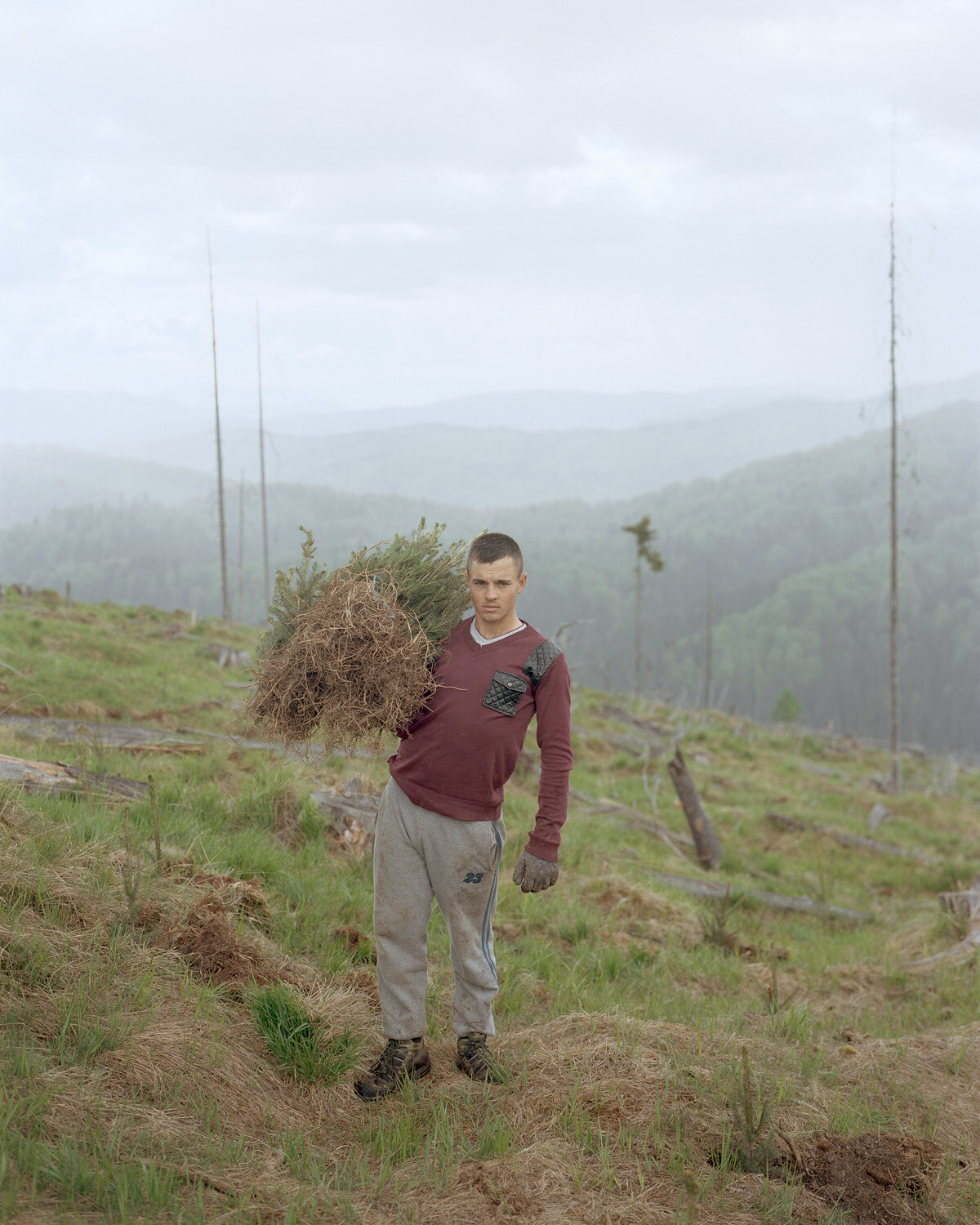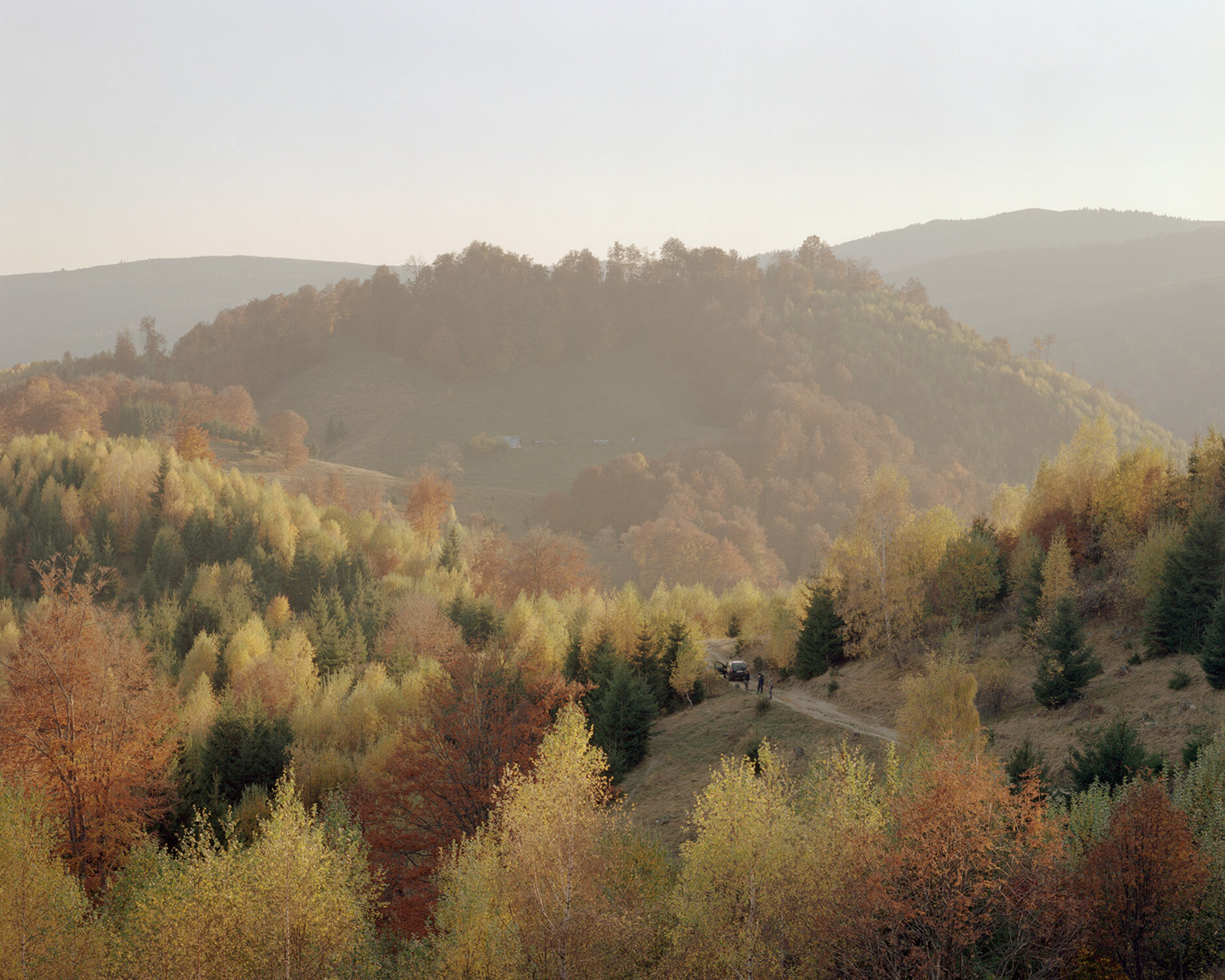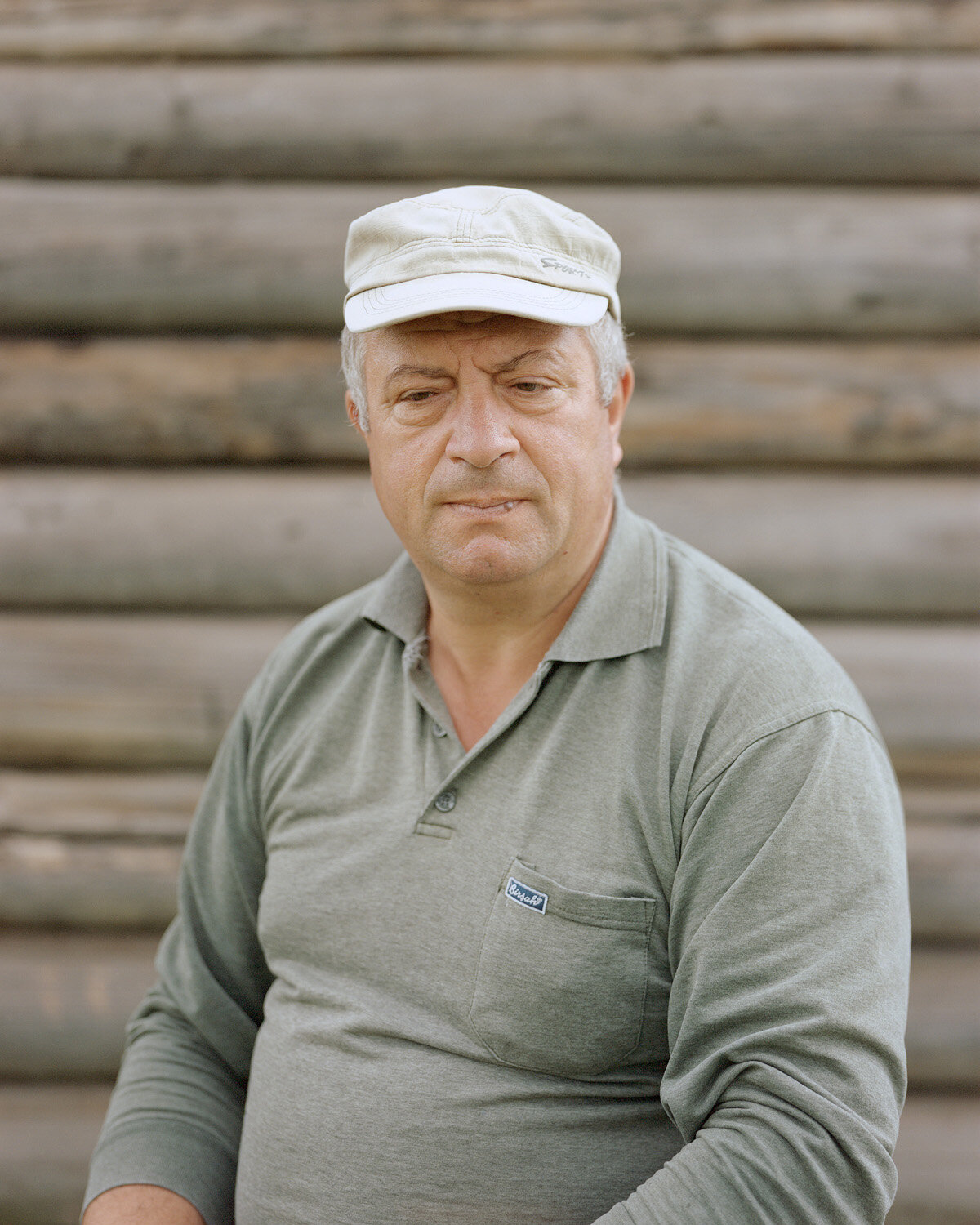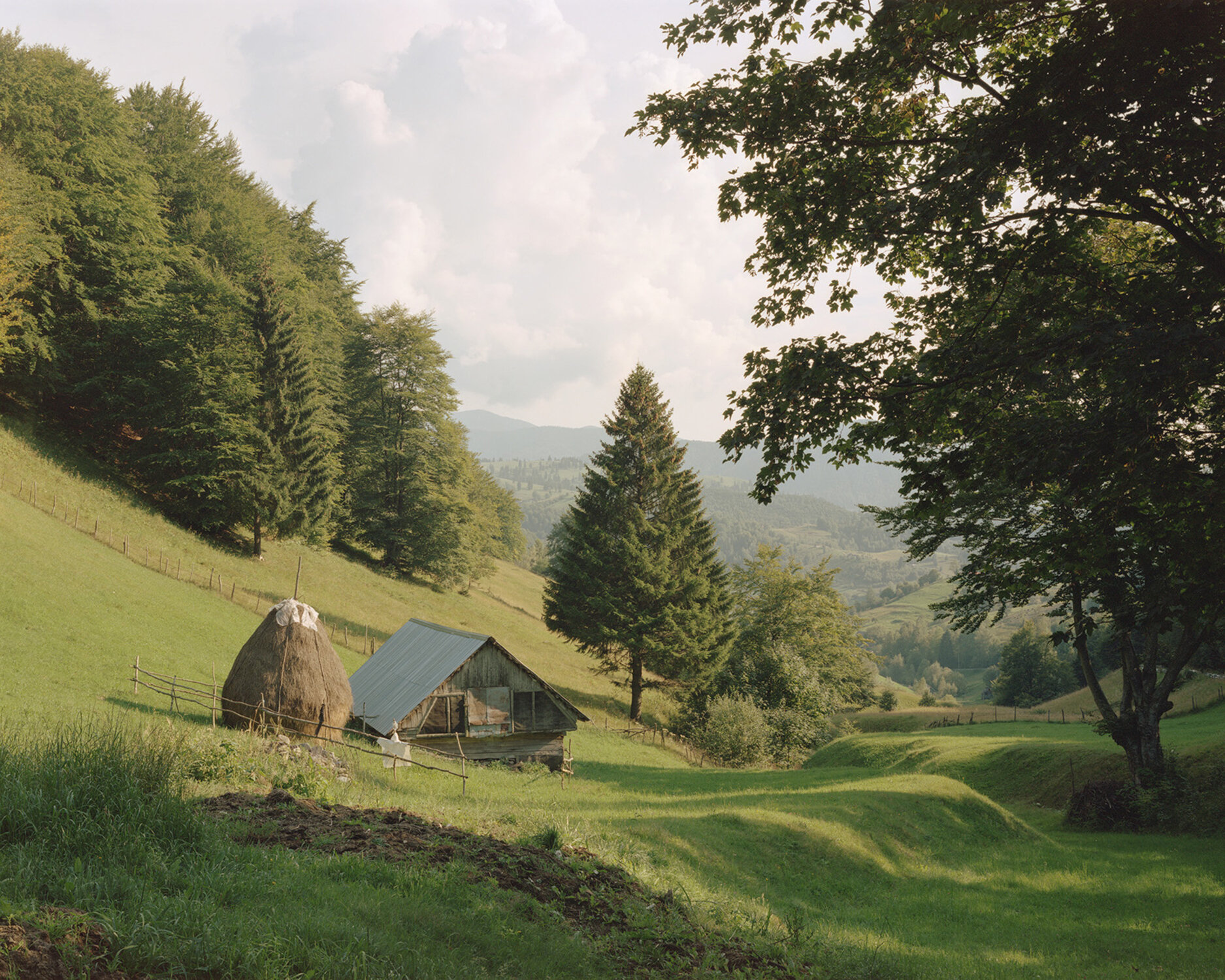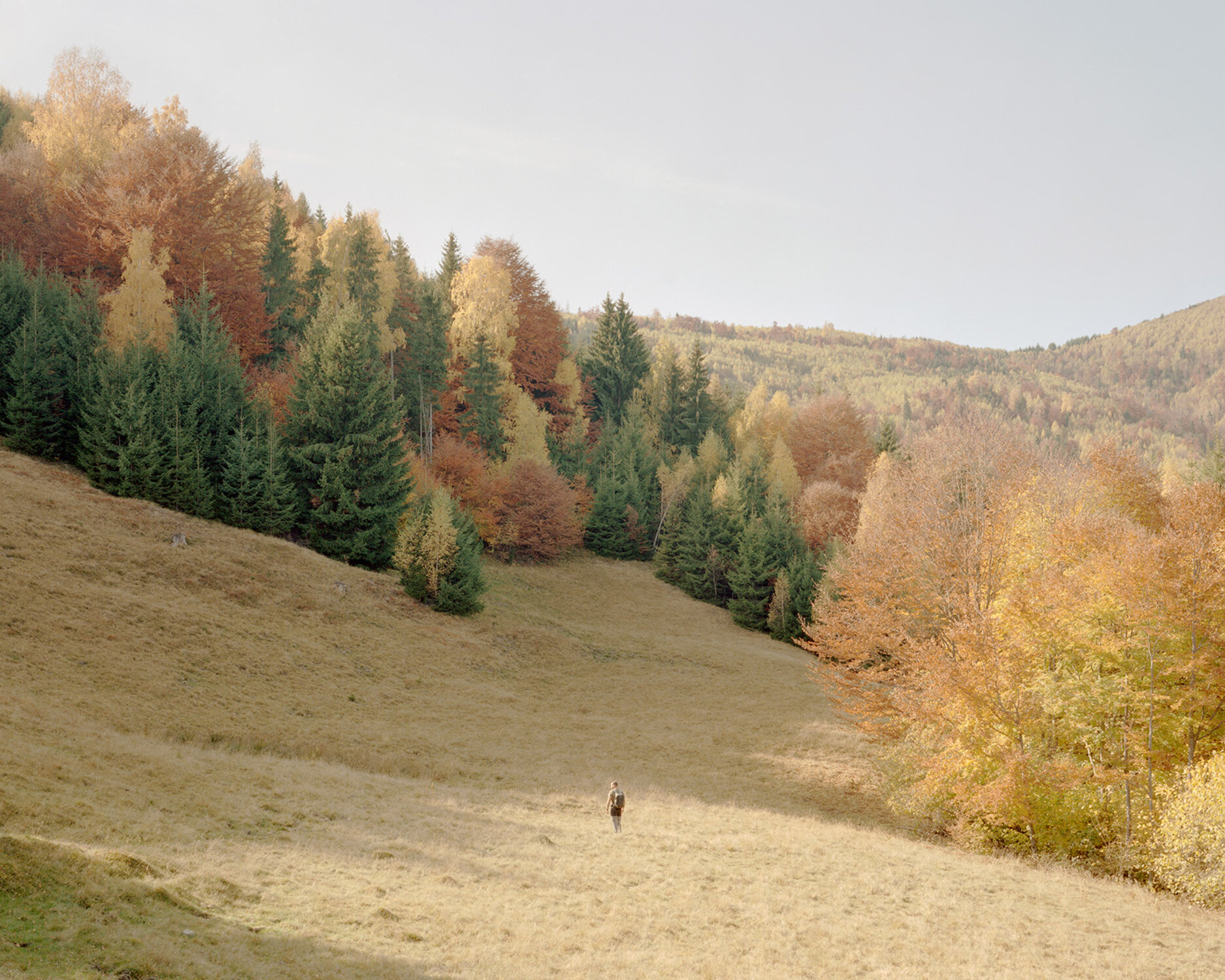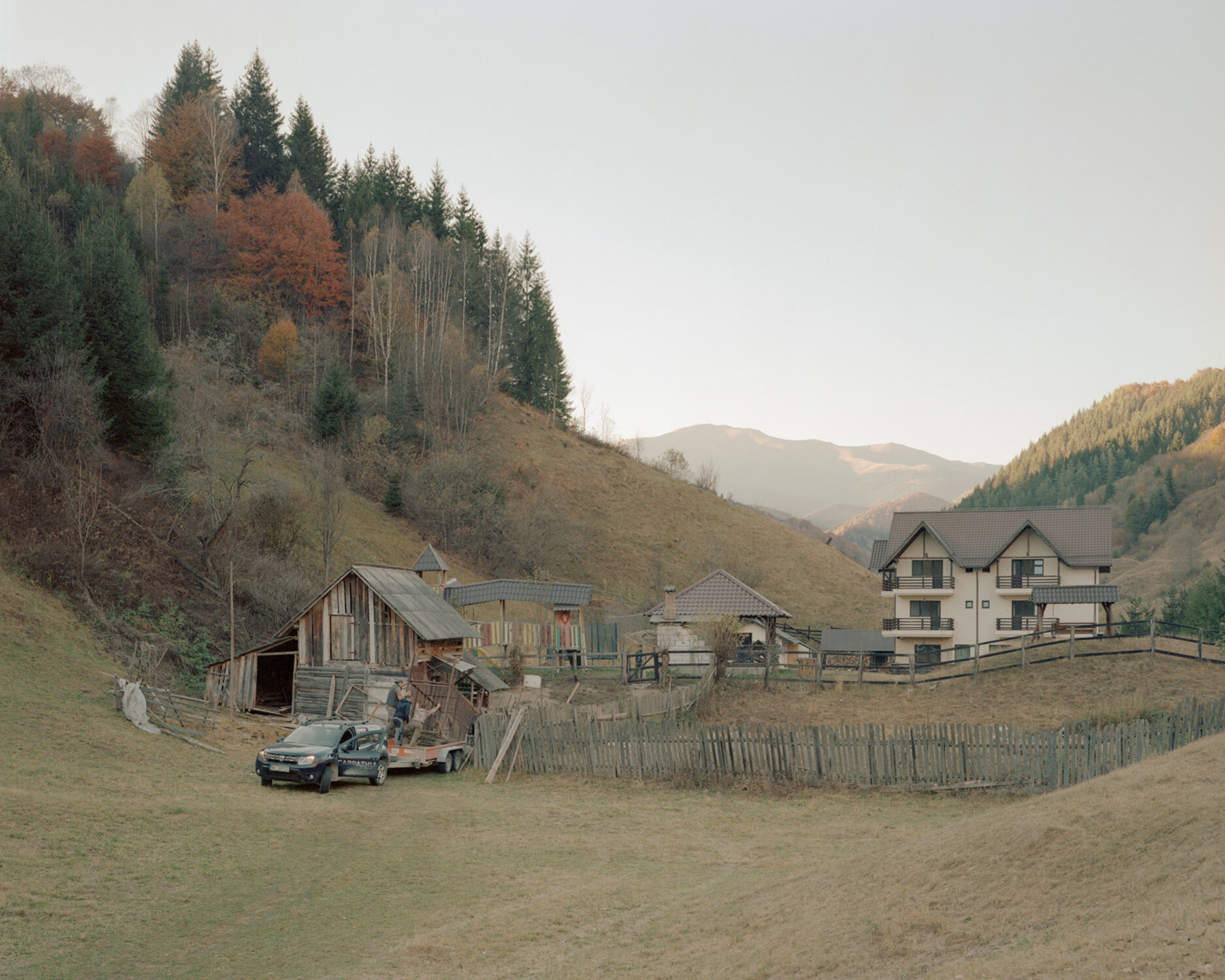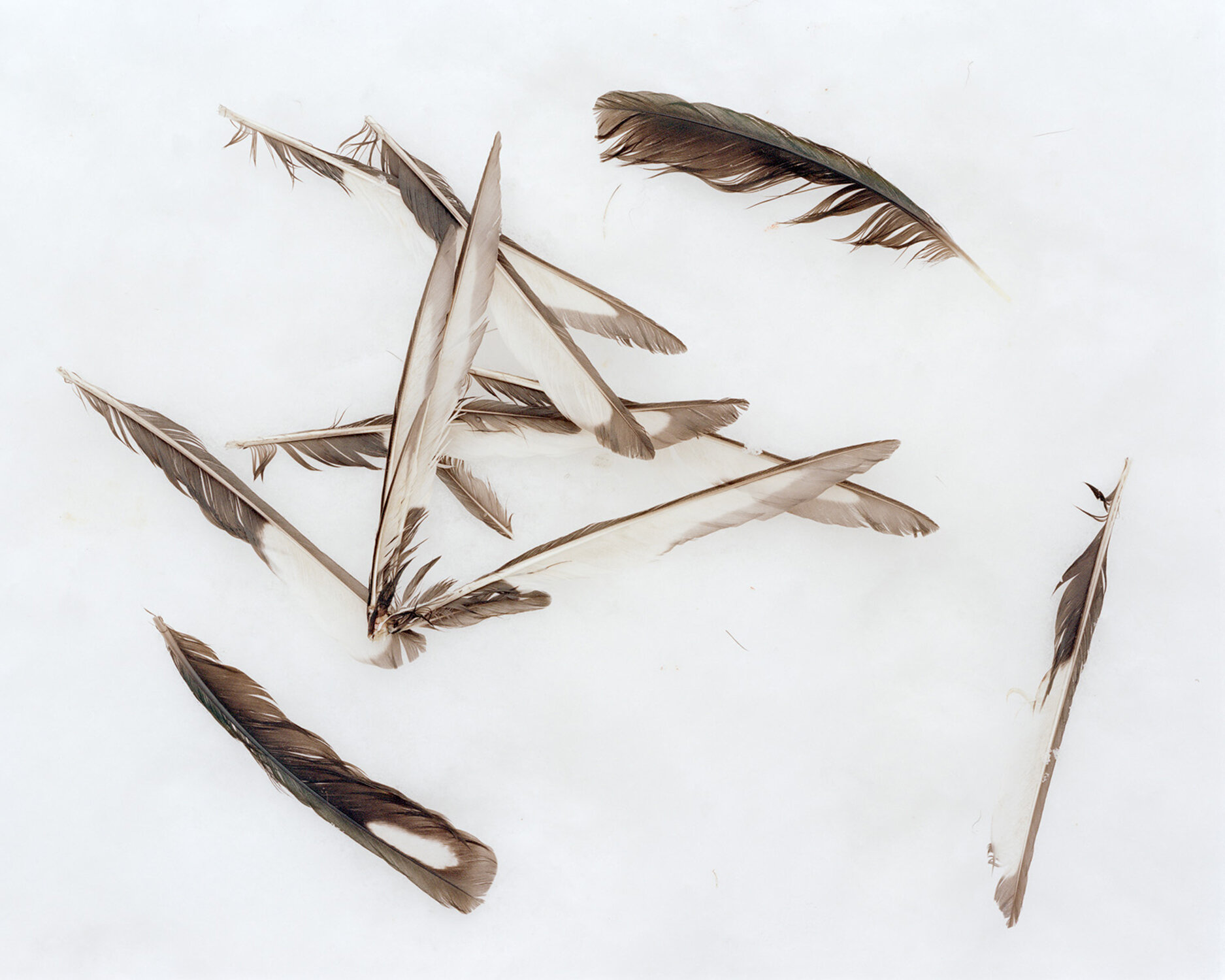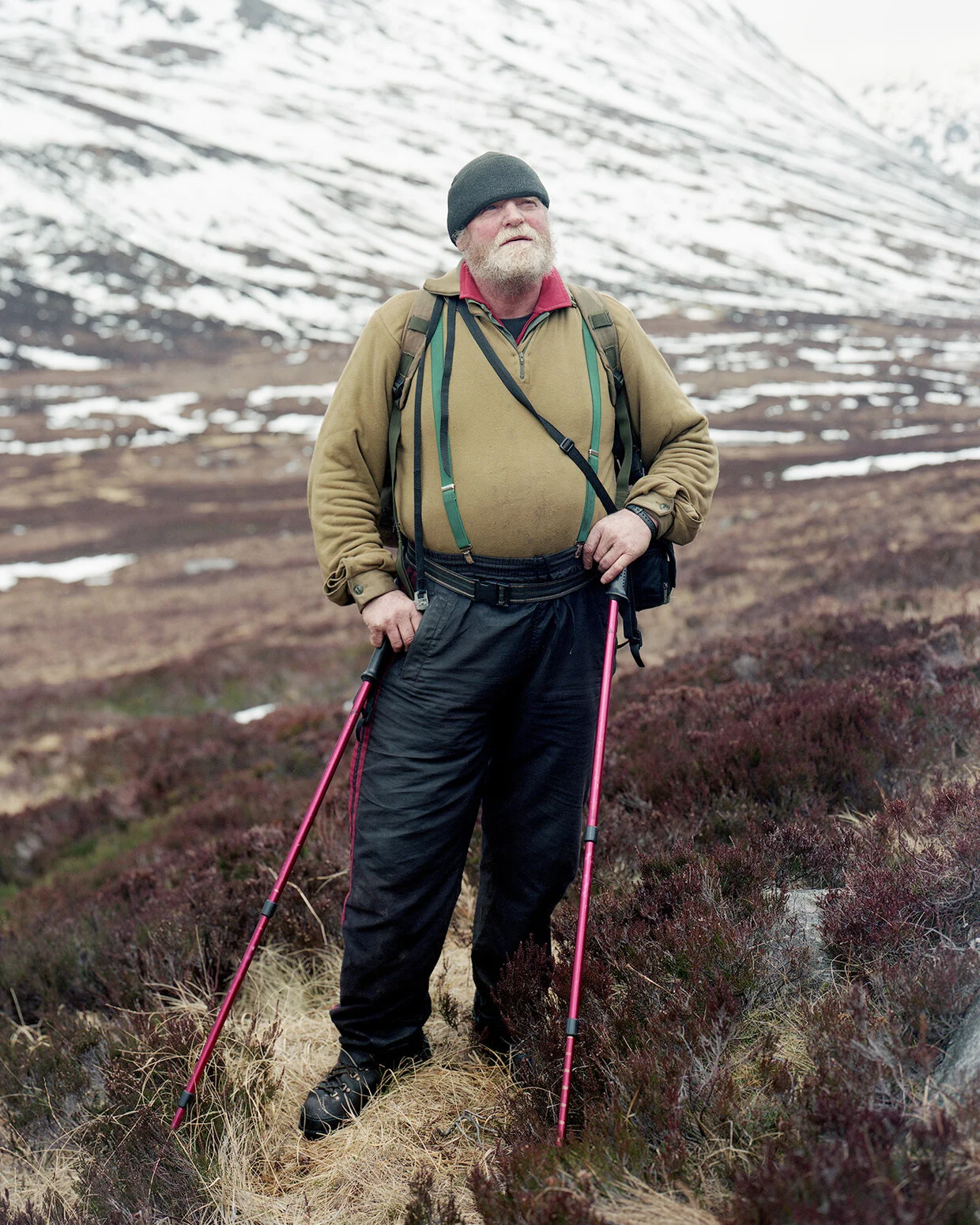Nicholas J R White
Please introduce us to your series ‘Carpathia’. How did you begin working with FCC? How does the role of the outdoors in your life relate to their mission?
Carpathia is a project I started working on in late 2017. It follows a team of rangers from Romanian NGO Foundation Conservation Carpathia as they work on an ambitious wildlife monitoring programme spanning over 70 thousand hectares of wilderness. It’s part of a larger project by FCC to create a new European Wilderness Reserve in the Southern Carpathian Mountains. The majority of my photographs are made while on patrol with the rangers as they tracked wolf, bear and lynx, collecting DNA samples and placing camera traps.
Prior to ‘Carpathia’, I’d been doing a lot of reading about the concept of rewilding and Romania caught my eye. Economically, the country is at the bottom of all lists in the European Union. Yet, when it comes to biodiversity, it’s come out on top. While many countries are working on initiatives to replace what they’ve lost, Romania is fighting to protect what it already has. I met with the foundation in September 2017, and since then have built up great friendships with people within FCC and the local communities.
I think everyone can relate to the mission of FCC, regardless of whether you describe yourself as an “outdoors person” or not. There’s been a sort of, international awakening over the last few years, where people are realizing the value of our dwindling wild spaces. The word ‘rewilding’ was only entered into the dictionary less than a decade ago, but it doesn’t take long to find an endless list of initiatives big and small, all across the world, working to preserve and protect pockets of wilderness for future generations.
Describe your first memory of the outdoors and how it has expanded into what you chase now.
The outdoors has always played a big part in my life. I was born in Dorset, and spent the first 10 years of my life living on a fairly busy estate on the edge of town. This was obviously pre-smart phones and our family didn’t own a TV, so my brother and I would spend our time building dens and climbing this big tree just outside the estate (that we creatively named “The Climbing Tree”). Before becoming a chef, my father was a forest worker and my grandfather a master thatcher; he would take my father up onto the roofs with him when he was a baby, securing him in place with a metal rod through his nappy! I suppose my family had a fairly relaxed attitude towards my
brother and I disappearing into the trees for hours on end. But the most significant early memories of the outdoors were spent on Dartmoor National Park in Devon. My grandparents had a beautiful house there where we would spend all my childhood holidays. Whatever the weather, we’d prepare a packed lunch and some homemade soup and strike off across the high moors – I remember feeling so excited, as if I was an adventurer exploring uncharted lands. When I was old enough, I’d plan my own solo trips and photography became my way of sharing them with others. Now, my photography is always in some way related to the land – and I’ve moved to the heart of Dartmoor National Park so I can relive my childhood every day, and call it work!
What role does research play in your projects?
I’m pretty obsessive when it comes to my projects. I don’t shoot a lot of pictures, I spend a lot of time thinking and reading; falling in love with ideas then getting pissed off with them in the same afternoon. I like to leave some room for surprises, but conversely, I like knowing what I’m doing haha. With ‘Black Dots’ and ‘Carpathia’ I’d spend hours figuring out each trip, plotting routes and possible locations on maps, understanding what the light would be doing at certain times. Those projects were made in the mountains, so looking at maps and understanding how long it will take to reach certain places was vital. Also, photography-aside, it’s just common sense to plan these things properly. Being alone in a Scottish winter and not letting anybody know where you’re going/planning to be is pretty foolhardy.
What is the most impactful conversation you’ve had with a landscape?
Impossible to say. It’s not so much a conversation; it’s more of a long relationship with an old friend. There are times when it challenges you, and there are times when it embraces you and gives you something special.
Introduce us to how you feel about shooting large format, in what ways does it enhance your experience. How does slowing down to make each shot influence the way you think about each frame? Do you know what you want to shoot or do you find it as you go?
The first thing I’ll say about this, is that I don’t really love shooting film – I love shooting Large Format. I’m not one of those people that romanticises analogue and dismisses digital. I shoot digitally for pretty much all of my commissioned work, and I’m working on a new project at the moment which is all shot hand-held on a mirrorless. But, I bloody love using that 5x4, and if the project works with it then I’ll commit to that. Working on the 5x4 is such a cathartic process and nothing else comes close to it. You really dedicate yourself to each individual photograph, the dark cloth blocks out everything else and you’re scrutinising the scene with a magnifier –analysing every single thing on that ground glass. You never really do that, do you? You might pick out key things within a frame, but when was the last time you were studying a tuft of grass or a little bump on the horizon with as much intensity as you do through a 5x4? If I see something worth shooting, I’ll set the camera up, focus, adjust all the moving parts on the camera and wait for hours until the moment is right. I find that I don’t do that on smaller formats, for some reason. The landscape deserves times, and 5x4 forces you to give it the respect it deserves. I usually have a good idea of what I want to photograph, but as I’ve said before, I always leave room for surprises.
Many of the individuals you photograph you meet in isolated landscapes, after making their portrait you both go your separate ways. In what way does that temporary encounter lend itself to your images, does this help you exchange stories? Do you find that because you’ve met someone in the that glorious society of solitude that you already have something in common to connect upon?
Absolutely. For ‘Black Dots’, most of the portraits were of strangers with whom I’d shared the mountain bothy with the night before. I’d already spent an evening in front of the fire with these people, taking it in turns to cut firewood, sharing whisky, food and good stories. There’s no phone signal and no electricity, so all you really have is conversation. That’s how stories were shared, traditionally – gathered around the hearth. Come morning, you’ve built up a relationship with these strangers, who feel more like friends by the time you leave. The act of making their portrait just becomes part of that experience – a permanent record of a 12 hour friendship.
We talked about the concept of “feeling at home somewhere that is initially for foreign,” what does this mean to you?
It’s difficult to put into words, really. There are only a few places where I feel that – Scotland being one of them. I’ve never lived there, but I have this feeling that reminds me of being homesick when I was younger. A sort of, heartaching desire to return. So much of the Scottish landscape is wild and remote, you can easily become detached from the fact that you’re still in the UK. You feel a million miles away, yet familiar and comfortable, simultaneously. I’ve not found that anywhere else, yet.
To keep up to date with Nicholas’ latest work follow along here:
Website: https://www.nicholasjrwhite.co.uk/
Instagram: https://www.instagram.com/nicholasjrwhite/

